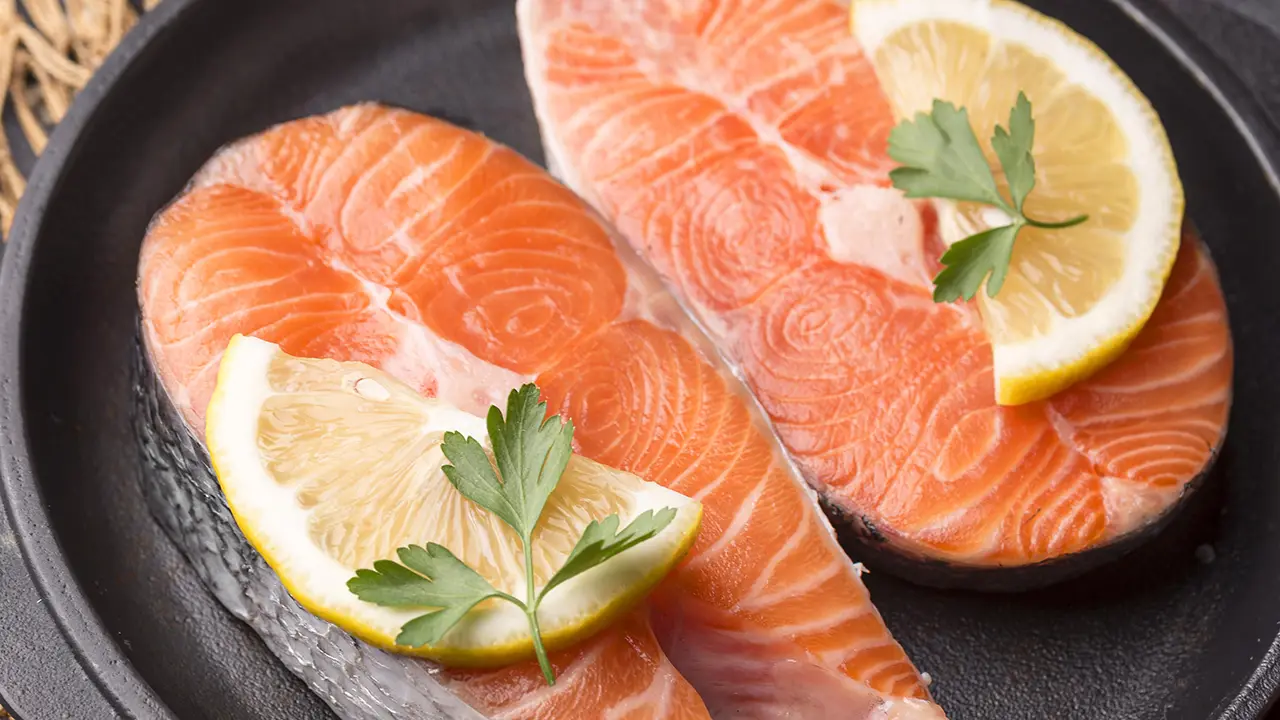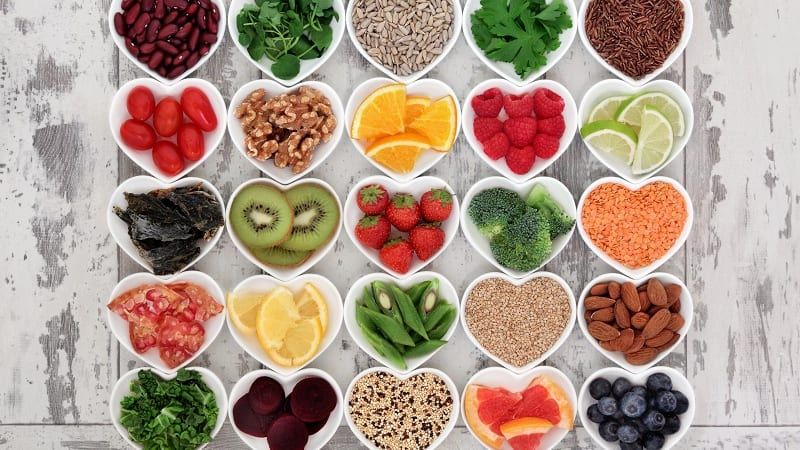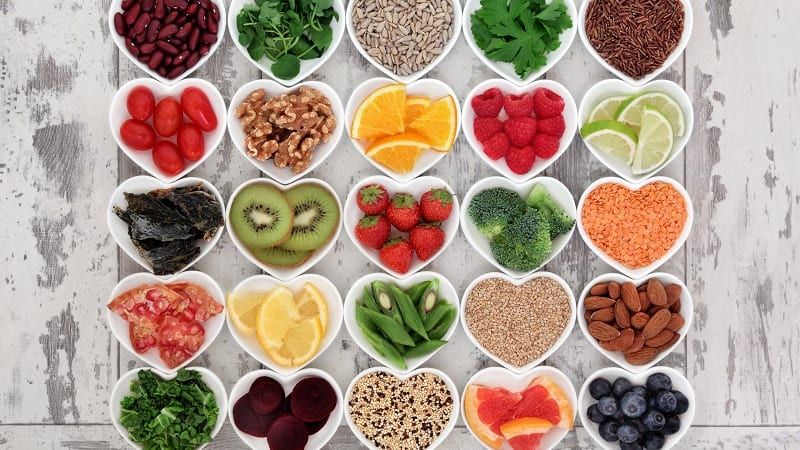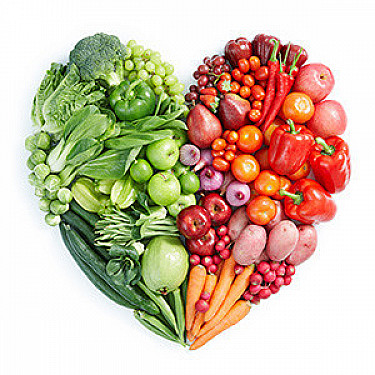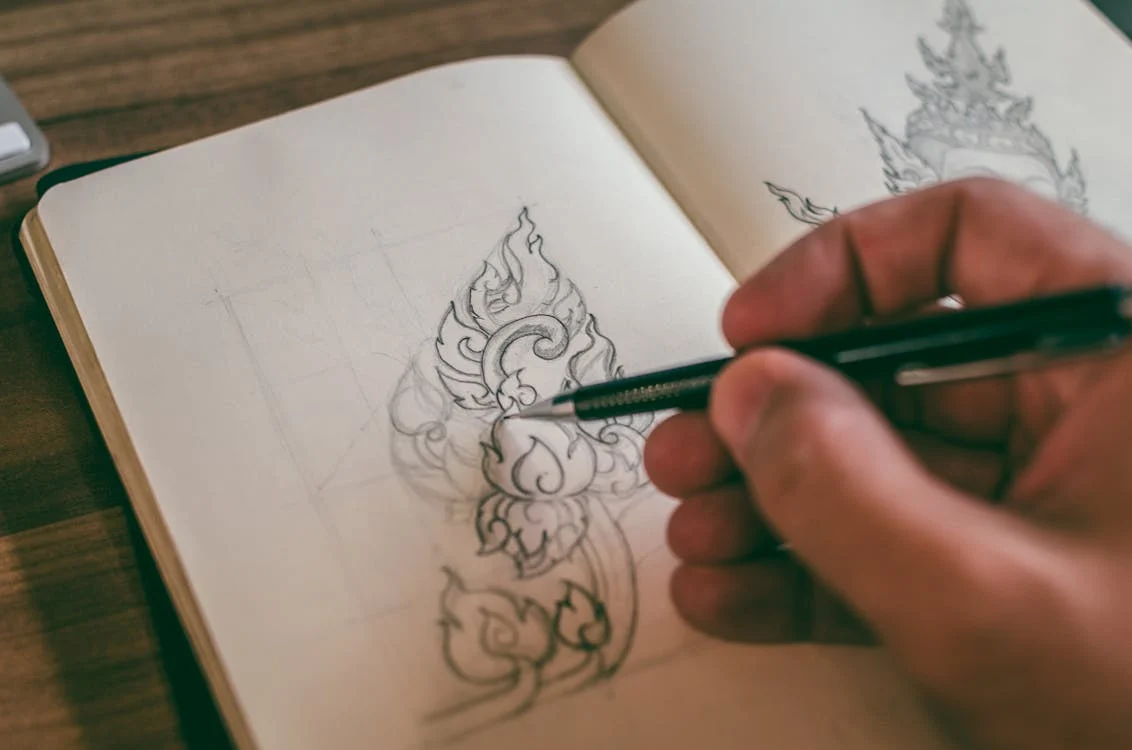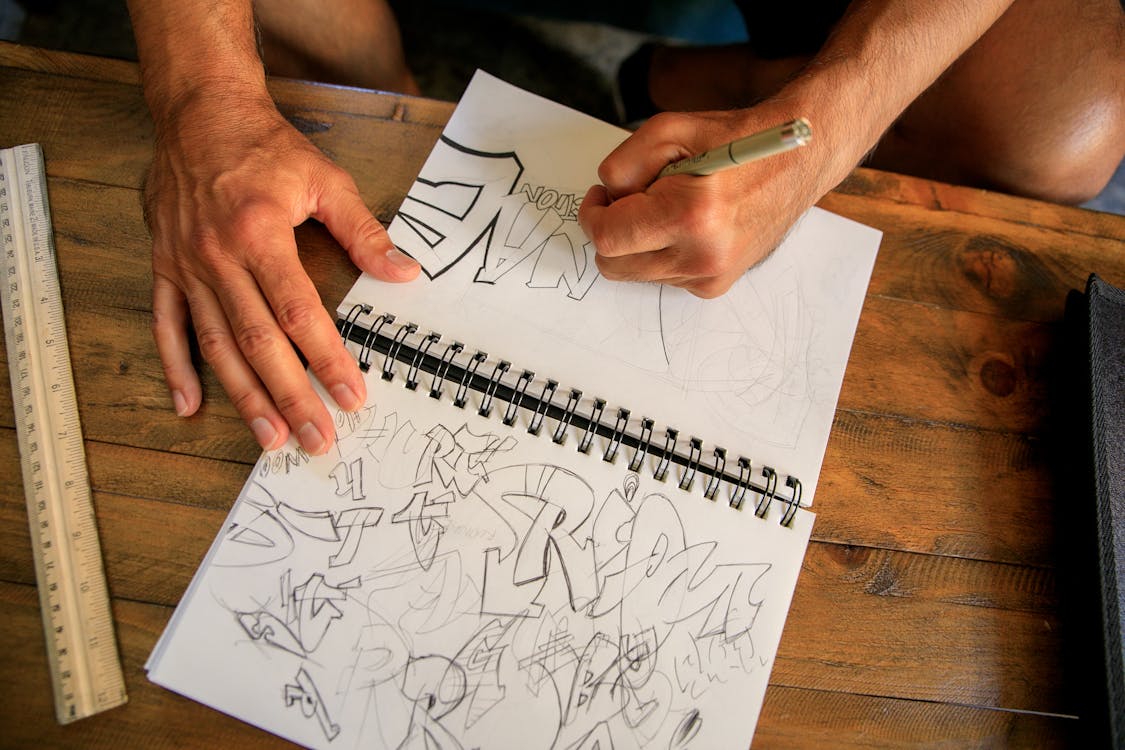When we talk about foods that help with joint pain, protein might not be the first thing that comes to mind. But protein is a key building block for repairing and maintaining healthy joints, tendons, and muscles that support your movement.
Here’s why getting enough quality protein can make a real difference in managing joint pain — and how to include it wisely in your diet.
🦴 Protein and Joint Health: What’s the Connection?
Your joints rely on collagen, a protein that helps keep cartilage strong and resilient. As we age or face inflammation, collagen production drops, which can lead to joint pain and stiffness.
Eating enough protein — especially sources rich in collagen or the amino acids that support it — helps your body:
- Repair damaged cartilage
- Strengthen tendons and ligaments
- Maintain muscle mass that supports joints and reduces strain
🍗 Best Protein Sources for Joint Support
- Lean meats: Chicken, turkey, and lean cuts of beef provide essential amino acids.
- Fish: Salmon, mackerel, and sardines are rich in omega-3s and protein — a powerful combo.
- Plant proteins: Lentils, chickpeas, quinoa, and tofu offer protein plus fiber and antioxidants.
- Bone broth: Rich in collagen and gelatin, bone broth is excellent for joint repair.
🍳 Tips for Adding Protein Without Overdoing It
- Include a source of protein at every meal to support steady repair.
- Combine plant and animal proteins for a balanced approach.
- Avoid processed meats that can increase inflammation.
🥤 Bonus: Collagen Supplements?
Some people find collagen powders helpful, but real food sources should be your first choice. Bone broth or collagen-rich cuts of meat can naturally boost your joint repair.
